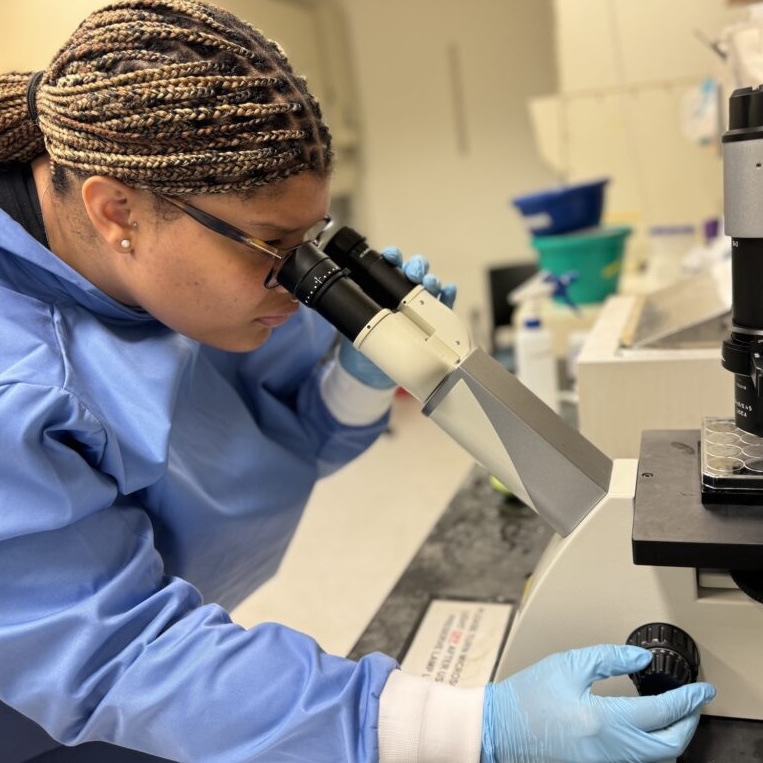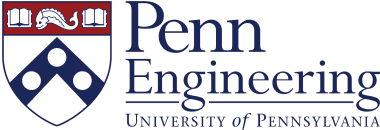
CEMB Empowers Teachers and Students
“What do you remember about stress and strain?” Max Lawrence, who teaches engineering at Science Leadership Academy at Beeber, a public middle and high school in West Philadelphia, paces energetically, gesturing at a complicated graph projected on the whiteboard.
His seniors raise their hands in rapid succession. They throw out words like density and force. Lawrence shakes his head. “You guys are using all these fancy words because you don’t actually understand the concepts yet.”
The graph is a stress/strain curve, a classic concept in engineering that shows how materials deform when you apply a load to them. “There’s actually a point where you stretch certain materials out and they become stronger,” says Lawrence, pointing to the curve’s irregular shape.
The concept is also a crucial element of the National Engineering NOCTI (National Occupational Competency Testing Institute) graduation exam. As members of a CTE (career and technical education) program, all of Lawrence’s students will need to pass the exam to receive the Pennsylvania Skills Certificate — and potentially earn advanced college credit.
The problem is that book learning can only take you so far. As Lawrence puts it, “I can tell them about stress and strain, but if they don’t do something with their hands they won’t remember it.”

Max Lawrence, who teaches engineering in West Philadelphia, at left, and his teaching assistant Ryan McCarthy, at right, with a sample of the Center for Engineering Mechanobiology’s curriculum: a working model of a Venus flytrap. (Credit: Bella Ciervo)
Bringing Research Into the Classroom
The Center for Engineering MechanoBiology (CEMB), which brings together Penn, the National Science Foundation, the Franklin Institute and more than a half dozen other universities, exists in part to help STEM (science, technology, engineering and math) teachers like Lawrence. “Part of our mission has always been lifelong learning,” says Annie Jeong, the CEMB’s former managing director.

In a recent classroom experiment, Lawrence’s students made gels of different densities to simulate liver tissue in varying degrees of health. (Credit: Ian Scheffler)
Founded in 2016 as an interdisciplinary hub for research and education, the CEMB offers K-12 teachers in Philadelphia a paid, six-week summer program to expose them to cutting-edge scientific research. The teachers then work with CEMB staff, scientists and engineers to develop innovative, hands-on lessons to engage students in STEM-integrated education.
“I saw this as an opportunity for me to come work and learn,” says Lawrence, who participated in the Research Experience for Teachers (RET) twice, most recently working with postdoctoral fellow David Li in the lab of Rebecca Wells, Co-Director of the CEMB and Professor of Gastroenterology and Hepatology in the Perelman School of Medicine. “I feel like I’ve had a private tutor now for two years.”
Philadelphia middle- and high-school teachers interested in the CEMB’s Summer Research Experience for Teachers (RET) Program, which takes place from June 23 to August 4, 2025, are encouraged to apply online by April 1, 2025.
